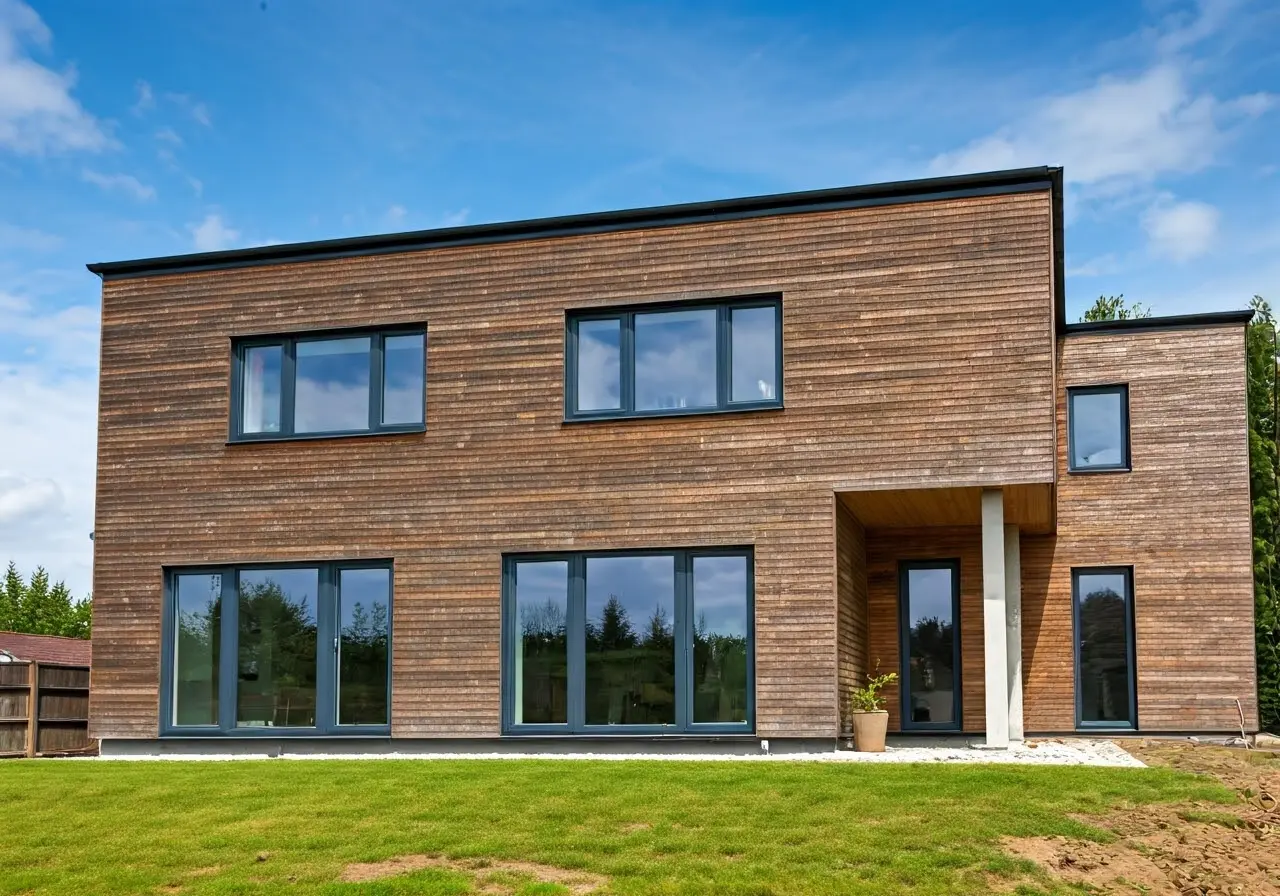In today’s world, energy efficiency is more important than ever, both for the environment and our wallets. One often overlooked area of improvement is window replacement. Windows play a crucial role in maintaining our home’s temperature, reducing energy bills, and contributing to a sustainable lifestyle. Let’s explore why upgrading your windows might be the most effective step in boosting your home’s energy efficiency.
Understanding the Role of Windows in Energy Efficiency
Windows are more than just a source of natural light and a view to the outside world. They play a significant role in your home’s energy dynamics. Badly-insulated or outdated windows can lead to heat loss in winter and unwanted heat gain in summer, forcing your HVAC systems to work harder and increasing your energy bills.
A crucial factor in a window’s energy performance is its ability to minimize thermal transfer. This involves both radiant heat gain and loss and conductive transfer through the frame and glass. Modern windows come with various features designed to combat these energy losses. For instance, double or triple-pane glass creates a barrier that slows down temperature exchange, and low-emissivity (low-E) coatings reflect infrared light, keeping heat inside during cooler months and outside during warmer months.
Identifying When It’s Time to Replace Your Windows
There are a few tell-tale signs that indicate it’s time for a window upgrade. Drafts, difficulty opening or closing, condensation buildup, and increased noise from the outside are all signals your windows may be due for replacement. Recognizing these signs early can help you start saving energy sooner rather than later.
Peeling or damaged window frames, visible rot, and moisture stains around the windows are also indicators that replacement is needed. These physical damages not only compromise aesthetics but also hint at underlying issues that could affect your home’s structural integrity and comfort. Addressing these problems promptly through window replacement can prevent more significant repair costs down the line.
Another important aspect to consider is the age of your windows. Older windows might lack many of the energy-efficient features found in today’s products. Technology and materials have advanced dramatically, and investing in modern replacements can lead to noticeable improvements in your home’s insulation and energy consumption.
The Benefits of Modern Ergonomic Window Designs
Modern window designs incorporate advanced features like low-E coatings, multiple panes, and gas fills which significantly enhance insulation properties and energy efficiency. These technologies can help maintain a consistent indoor temperature, reducing the reliance on heating and cooling systems.
Apart from energy efficiency, modern windows also offer improved ergonomics in their design. Features such as tilt-and-turn mechanisms make cleaning and maintenance easier, while innovative locking systems enhance security. Whether you’re looking for expansive picture windows or functional sliders, today’s designs blend functionality with aesthetics, allowing homeowners to find solutions that fit both their style preferences and energy needs.
Choosing the Right Materials for Energy-Efficient Windows
When considering window replacement, the materials you choose can make a big difference. Options like vinyl, fiberglass, and wood each have unique benefits. While vinyl is known for its affordability and durability, wood offers excellent insulation properties and a classic aesthetic.
Fiberglass windows present another promising choice, combining strength with energy efficiency. Their composition allows them to withstand extreme temperature changes without warping, thus maintaining a tight seal and minimizing air leaks. Meanwhile, composite materials blend different substances to capitalize on their collective strengths, offering durability and energy savings.
Selecting the right material also involves considering your local climate. For instance, in areas with high humidity, you might want to lean toward materials that resist swelling and moisture absorption. By understanding how different materials respond to specific environmental conditions, you can further refine your choice to maximize energy efficiency outcomes.
How Window Replacement Contributes to Environmental Sustainability
Beyond the financial savings, replacing windows with energy-efficient options contributes to a larger environmental goal of reducing carbon footprints. By lowering your energy consumption through better insulation, you reduce the overall energy demand, benefiting the environment.
Another environmental aspect of window replacement includes the choice of sustainable materials and manufacturers committed to eco-friendly production practices. Many companies now offer products made from recycled materials or promote processes that minimize waste and energy use. Making informed decisions here extends the benefits from your home to the planet at large.
The Long-term Benefits of Window Replacement
Replacing your windows might seem like a big investment, but the long-term benefits of improved energy efficiency, reduced costs, and enhanced comfort make it worthwhile. By making informed choices about window materials and styles, you can transform your home into a more energy-efficient and environmentally conscious space.


